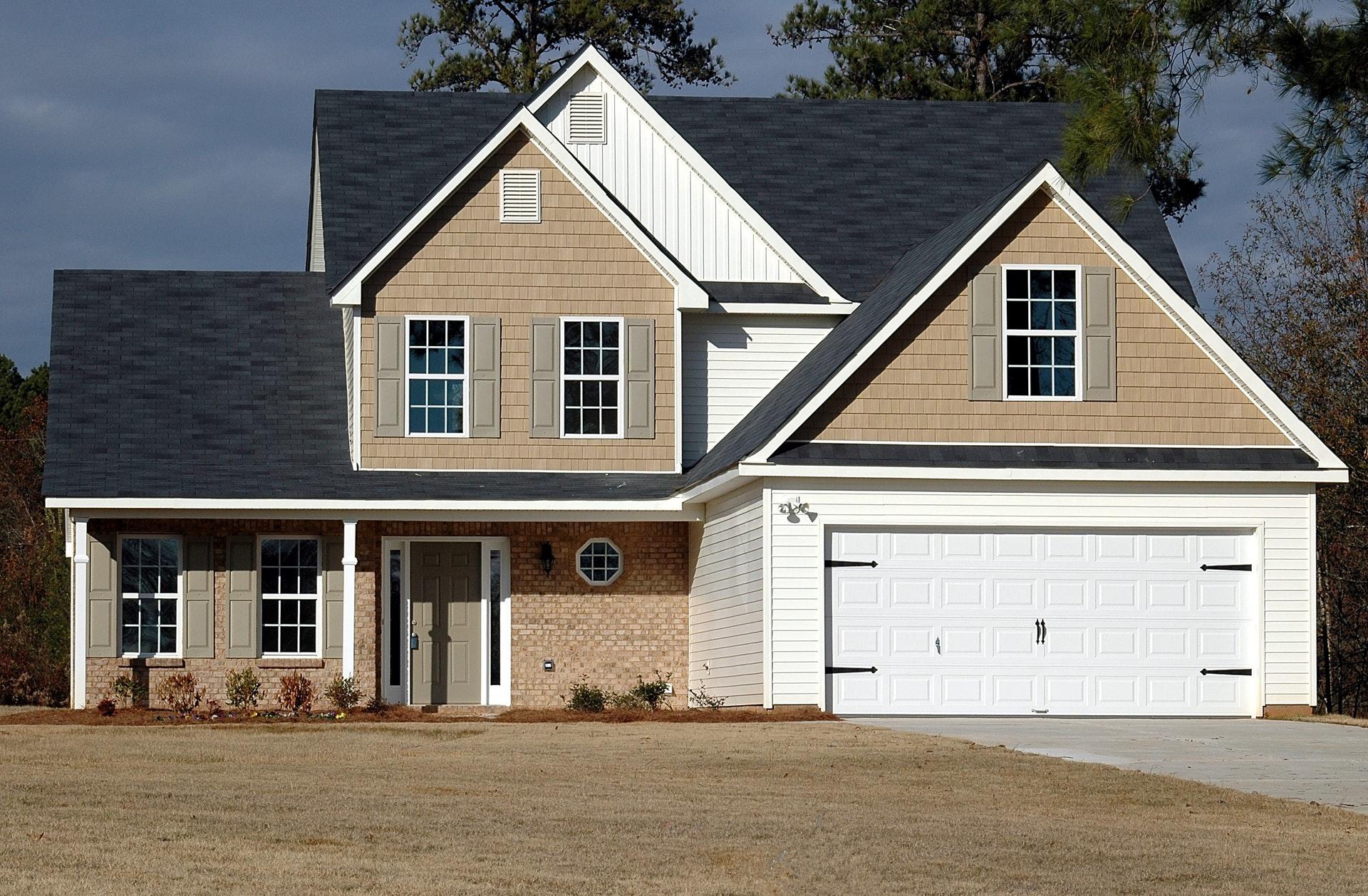Sliding garage doors are a convenient feature that facilitates the removal and placement of things within the building. With carpentry skills and a little imagination, installing a nice-looking pair of sliding doors is very straightforward. When commencing construction, the most critical component is the wood you chose. Softwoods like pine and cedar are excellent alternatives. Cedar is suitable because wood is termite resistant; nevertheless, cedar is somewhat more expensive than pine. So, if you want a do-it-your own sliding garage door, below are the steps on how to build sliding garage doors:
Step 1: Using a table saw, remove the groove from two 1-by-10-inch T&G boards. These boards will act as end boards and are thus not required to have the groove. These, along with the remaining vertical planks, should be cut to the correct length for the door size you choose.
Step 2: Cut straight-edged 1-by-10-inch boards to the desired width for the door.
Step3: Utilize scrap timber, a screw gun, and wood screws to construct a makeshift L-shaped jig for the door. Cut the jig to the same height and breadth as the door you are building.
Step 4: Vertically align the T&G boards in the jig, starting with the board without the groove. C-clamps should be slightly tightened onto the boards to secure them to the jig. To establish the final board’s size, subtract the total width of the boards in the jig from the intended overall width of the door. Using a table saw, cut the board to the proper width. Replace the C-clamp after inserting the final panel into the jig.
Step 5: The next step is to align your straight-edge boards across the top, bottom, and center of the door horizontally. Assure that the panels are flush with both the vertical boards’ outer edges and then use a screw gun to secure the horizontal boards to the vertical boards.
Step 6: Side trim pieces should be measured and trimmed to fit. The vertical margins of the top and middle boards and the bottom and middle boards should always be covered by the side trim. Then cut the straight-edge pieces and secure them to the perimeter of the door along with the screws by using a screw gun.
Step 7: Utilize a miter saw to create cross-bucks for the door. Cross-bucks are used to reinforce and prevent the door from bending, and then with a tape measure, determine the diagonal length inside the side trim. Cross-buckles should be the same in width as the side trim. Straight-edge siding should be cut to the correct length and breadth, with the ends mitered to fit within the side trim pieces, then screwed to the door.
Step 8: The next thing to do is to attach a straight-edge board to the inside of the top of the door, bottom, and center. This is critical to securing the door and preventing it from bowing or warping. Cross-bucks do not need to be attached on the inside.
Step 9: Put a sliding door track on the exterior of your garage in the manner specified by the manufacturer. Alignment should be checked using a level. Install the track at the proper height in your garage—the height of the door plus the height of the rollers. Then, attach the rollers to the inside of the door at the top edge using lag bolts and a cordless drill, and also make sure that the directions of the manufacturer are followed.
Step 10: Hang the door by moving the door’s rollers onto the track mounted on the garage’s façade.
Choose the Best Material For Your Sliding Garage Door
There are many materials that you can consider for sliding garage doors, and each has its own set of advantages and disadvantages Compare each material and choose which one is the most excellent fit for you, your needs, and your available space. We will discuss several garage door materials in this section.
1. Steel Garage Door
Mild steel is the most frequently used material in garage door construction and production. Soft steel garage doors are sturdy, low maintenance, and may be molded into any form or design required by architectural specifications. The advantage is that you may match it to the exterior of your property using any sort of paint. Additionally, you may utilize textured treatments to add aesthetic elements to your garage door. Mild steel has a negligible influence on the environment. It is cost-effective and protects against invaders. On the other hand, Steel is a poor insulator; thus, if you want an insulated garage, use any insulating material.
Mild steel garage doors are available in various finishes and patterns, including horizontal, raised, fielded, and sectional above.
The thickness of the panels on a mild steel garage door might vary. You may select from low-quality steel garage doors, average-quality steel garage doors, or high-quality steel garage doors. Soft steel doors of low grade use thin panels of 27-28 gauge steel, while steel doors of average grade use steel panels with a gauge of 25-26. Steel doors of superior quality are often composed of 24 gauge or less steel.
While low- or average-quality mild steel doors save money, they are less safe and secure, the thickness of a soft steel door similarly grows in proportion to the door’s size.
2. Aluminum Garage Door
Aluminum garage doors are a sleek, lightweight, and contemporary garage door option as it possesses several steel qualities, such as a long-lasting finish. Due to its small weight, it is prone to denting yet leaves less residue on the motor. Aluminum is available anodized, painted, with a fake wood texturing finish or a wood grain finish, and it is a more effective insulator than steel. Aluminum doors require more miniature painting and care than mild steel doors. Aluminum doors are less susceptible to weather damage than steel doors and do not rust. Aluminum doors cost somewhat more than soft steel doors.
3. Wooden Garage Door
The earliest and most natural material for a garage door is wood. Depending on their availability and cost, various types of wood are used to manufacture garage doors, including teak, deodar, sisham, and other hardwoods such as hollock, marandi, and others. The timber utilized in the garage door must be heartwood rather than sapwood, and it should be seasoned in a kiln and treated with anti-termite chemicals.
The wooden garage door may be painted or textured with any standard paint. Wood garage doors are typically side-hung; they are not suitable for rolling doors. Wood garage doors are available in a variety of patterns and styles. Regular maintenance and painting are required for wood doors. Wood is a more excellent insulator than steel and so more efficient at conserving energy.




